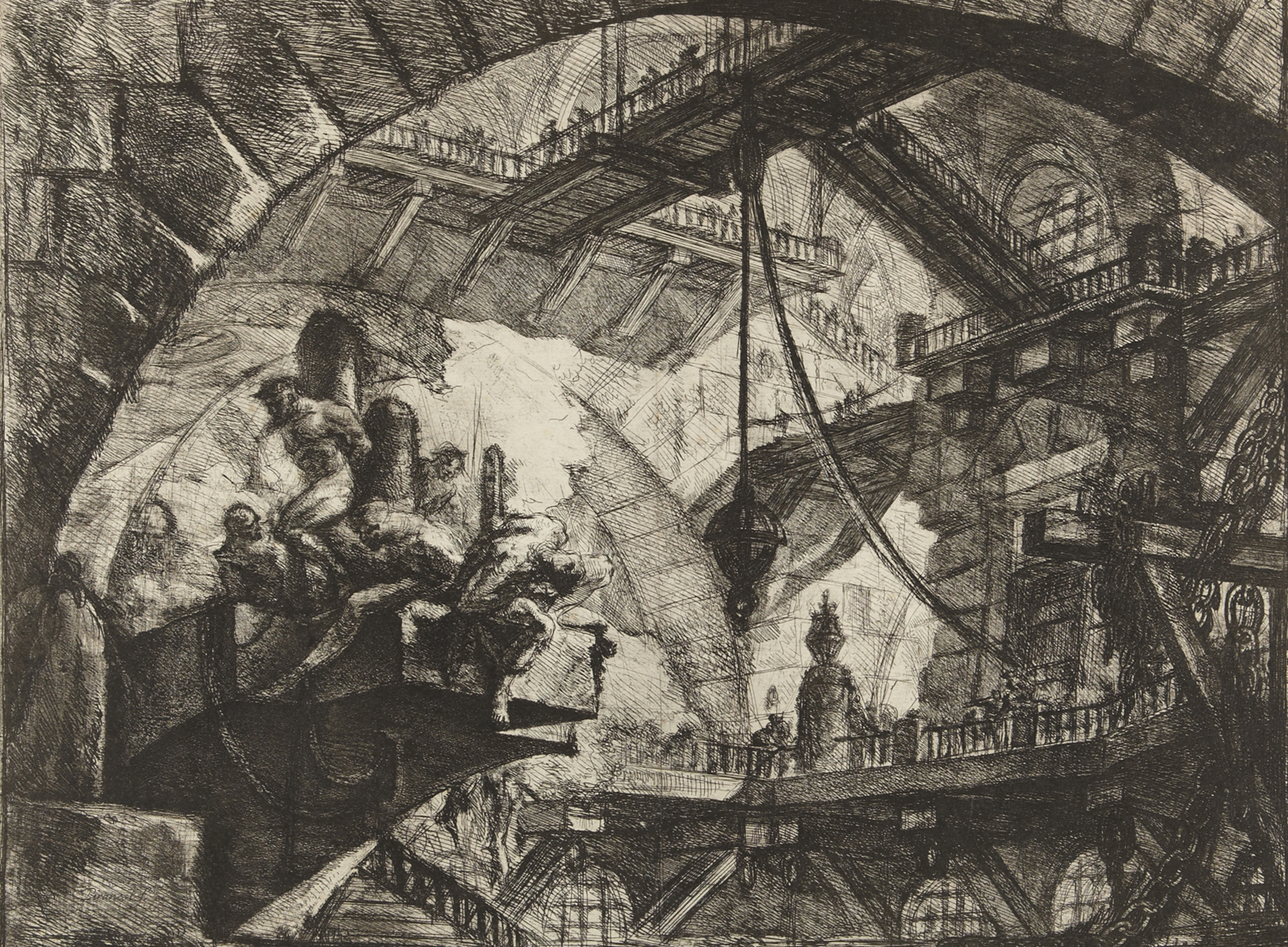

Giovanni Battista Piranesi has become an emblem of artistic labor that strains to represent the dark empiricism of dreams and the unconscious.
#Piranesi labyrinth free
Reading Piranesi in 2020, mired in that year’s nosological glossaries of self-isolation, social distancing, quarantine, and lockdown, I wondered if we would ever be free to forget the occult reality activated by a global pandemic, a reality that lay-like a dream, like dark magic-undetected within the everyday. What might the dynamic of mental life look like when its physiological counterpart is ill, bedridden, and housebound? Are dreams-including the overwrought mechanisms of psychic exploration that are literary renditions of dreams-historically contingent, like selves? Piranesi’s is a dream world-a dream-like prison or prison-like dream infrastructure-where external and internal realities collide like planets.

By the time the novel emerged, it was 2020, and we were all deranged Piranesis, “bound in one place,” as Clarke has said she was in her convalescence, and “cut off from the rest of humanity,” like her central character. With Piranesi, she has returned to the literary marketplace after a prolonged illness. Clarke is best known for her Hugo Award–winning, best-selling first novel, Jonathan Strange & Mr Norrell (2004).

#Piranesi labyrinth skin
Piranesi cohabits this space with human remains, 13 skeletons whom he domesticates with names and attributes: the Biscuit-Box Man, whose small bones Piranesi finds stored in a red biscuit tin the Fish-Leather Man, his relics articulated with fish skin the Folded-Up Child, found arranged on an empty plinth with her chin on bent knees.Ĭlarke’s Piranesi evokes the protean genius of the 18th-century architect and printmaker Giambattista Piranesi, who was also an archaeologist and draughtsman. The amnesiac narrator knows nothing beyond this architecture, which inhabits and obsesses him-this mansion with great staircases, courtyards, and marble statuary, where, depending on the level reached, you could be in the domain of the clouds (Upper Halls), conversing with birds (Middle Halls), or plunged into an underwater ecosystem (Lower Halls).
#Piranesi labyrinth full
For readers of Neil Gaiman’s The Ocean at the End of the Lane and fans of Madeline Miller’s Circe, Piranesi introduces an astonishing new world, an infinite labyrinth, full of startling images and surreal beauty, haunted by the tides and the clouds.There is a House with 7,678 halls in the House lives the eponymous protagonist of Susanna Clarke’s new novel, Piranesi. But as Piranesi explores, evidence emerges of another person, and a terrible truth begins to unravel, revealing a world beyond the one Piranesi has always known. There is one other person in the house-a man called The Other, who visits Piranesi twice a week and asks for help with research into A Great and Secret Knowledge. But Piranesi is not afraid he understands the tides as he understands the pattern of the labyrinth itself. Within the labyrinth of halls an ocean is imprisoned waves thunder up staircases, rooms are flooded in an instant. Piranesi’s house is no ordinary building: its rooms are infinite, its corridors endless, its walls are lined with thousands upon thousands of statues, each one different from all the others. New York Times Bestseller Winner of the Women's Prize for Fiction World Fantasy Awards Finalist From the New York Times bestselling author of Jonathan Strange & Mr Norrell, an intoxicating, hypnotic new novel set in a dreamlike alternative reality. #hardcover #fiction #fantasyfiction #botm #fantasy #piranesi #interesting #mindbender But as Piranesi explores, evidence emerges of another person, and a terrible truth begins to unravel, revealing a world beyond the one Piranesi has always known.įor readers of Neil Gaiman's The Ocean at the End of the Lane and fans of Madeline Miller's Circe, Piranesi introduces an astonishing new world, an infinite labyrinth, full of startling images and surreal beauty, haunted by the tides and the clouds. Piranesi's house is no ordinary building: its rooms are infinite, its corridors endless, its walls are lined with thousands upon thousands of statues, each one different from all the others.


 0 kommentar(er)
0 kommentar(er)
